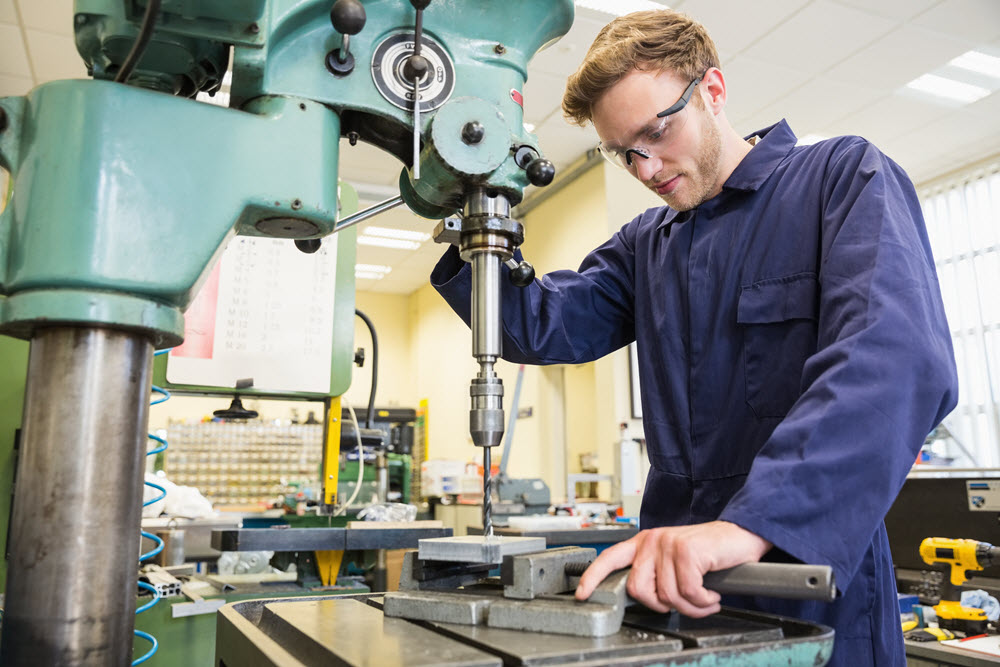But it also comes with its problems. What are the best things about jobs that are automated in manufacturing? And what do businesses do about the bad things that might happen?
This blog will talk about the important parts of automated manufacturing jobs, giving workers and fans of the field useful information. Watch this space as we talk about how automation is changing the future of the industry. Continue reading!
Benefits of Automated Manufacturing
Automated manufacturing enhances manufacturing efficiency and precision in production processes. It minimizes human error, leading to higher-quality outputs. Additionally, it reduces labor costs and increases overall productivity. Each of these aspects will be explored further.
Minimizes Human Error
Using job automation in manufacturing helps keep mistakes to a minimum, which means that every product is of high quality. Repeating the same tasks over and over again with great accuracy is possible with machines.
Errors caused by tiredness or manual work are avoided. The lack of human involvement leads to fewer mistakes, which makes customers happier and cuts down on waste.
Enhances Efficiency and Precision
It is easier and faster to make things with automated manufacturing systems. They do complicated jobs very accurately because they do things exactly and consistently. Automation shortens the time it takes to make something, boosts output, lowers costs, and cuts down on downtime.
Cost Reduction
Automated manufacturing helps companies save money by using fewer workers and reducing waste. It means paying less for salaries and benefits. It also makes better use of materials, so there's less scrap.
Plus, it uses energy efficiently and costs less to maintain, which increases profits. To learn more about this evolving field, visit a dedicated operations and manufacturing recruitment page for further insights.
Challenges of Automated Manufacturing
Automated manufacturing, while advantageous, presents its own set of challenges. These include high initial investment costs, potential job displacement, and the need for ongoing maintenance and updates.
High Initial Investment
A lot of money needs to be spent upfront on new technology and machines to set up automated manufacturing. It costs a lot of money for businesses to buy, set up, and connect these systems. Even though it costs a lot at first, it's usually worth it in the long run because it leads to higher productivity and lower costs.
Job Displacement
Automated manufacturing means machines do the repetitive work that people used to do. This can cause job loss, so workers need to learn new skills in technology and maintenance. While workforce automation makes things faster, we need to plan carefully to handle its effects on jobs.
Ongoing Maintenance and Updates
To keep working well and avoid breakdowns at the worst times, automated manufacturing systems need to be serviced regularly. To keep up with new technology, it's also important to keep software up to date. They should set aside money for regular maintenance and repairs to keep things running smoothly and make the machines last longer.
Driving Innovation in Automated Manufacturing Jobs
Automated manufacturing jobs have changed the field and brought many benefits, but it has also caused some problems. There are clear benefits, like higher accuracy and efficiency.
However, businesses have to deal with problems like high start-up costs and job loss. Updating and maintaining systems regularly makes sure they keep working at their best. Overall, jobs in automated manufacturing look good for the future of the field.
Did you like this guide? Great! Please browse our website for more!






